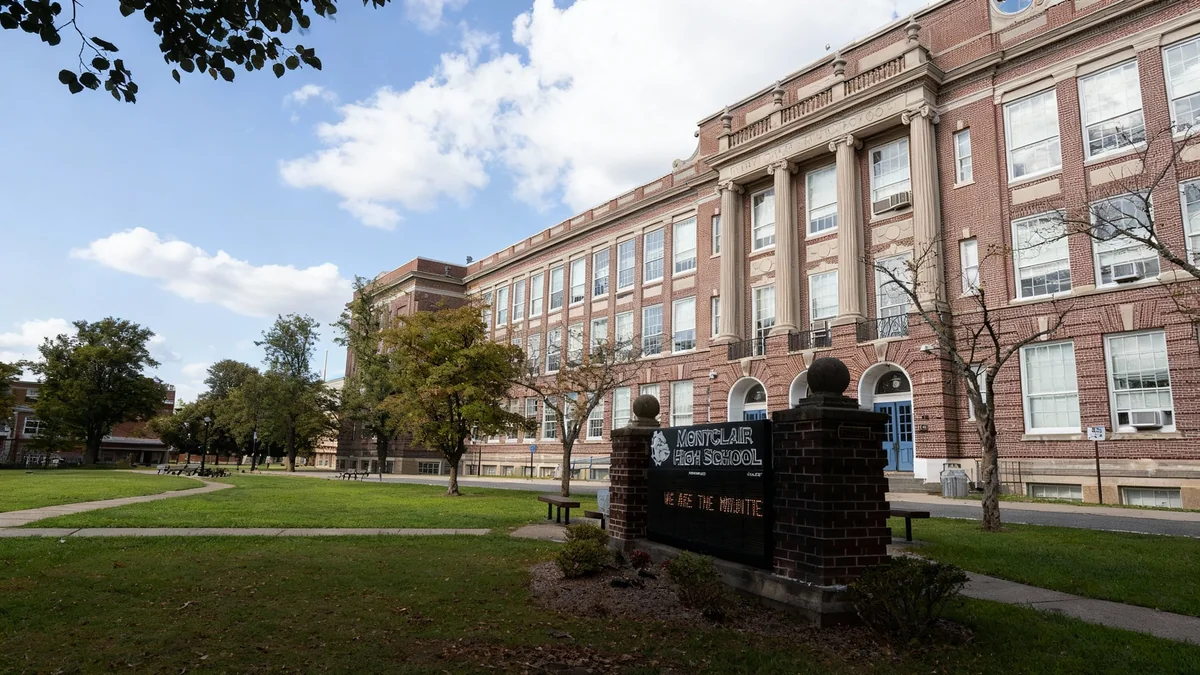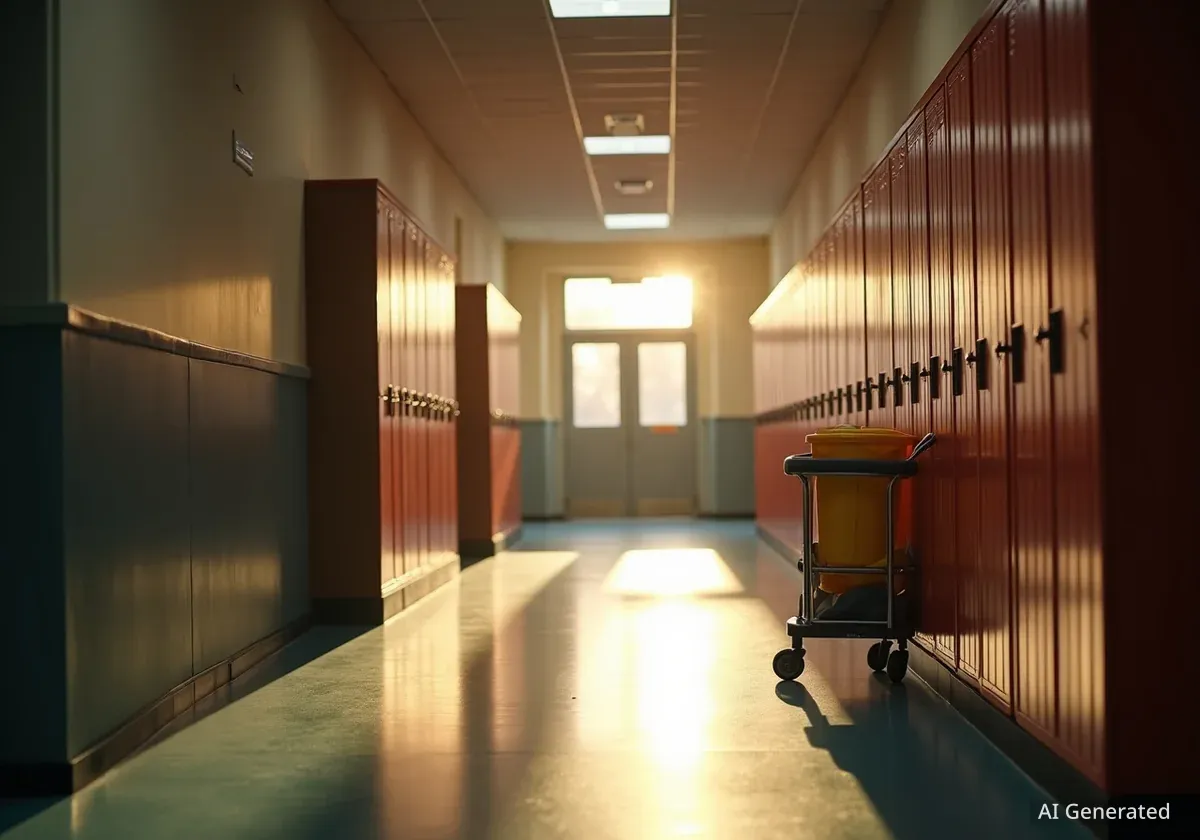The Montclair Public School district is facing a significant financial shortfall that could lead to the termination or reassignment of up to 153 employees by the end of the year. District officials have notified the affected staff members as they prepare to ask the community to approve a tax increase to close the budget gap.
This move places the Essex County community at a critical juncture, forcing a decision between higher property taxes and potentially drastic cuts to school staffing and services. The outcome will have a direct impact on classrooms, student support, and the overall educational environment for thousands of children.
Key Takeaways
- Up to 153 employees in the Montclair Public School district have received notices of potential termination or reassignment.
- The job cuts are a direct result of a major budget deficit facing the district.
- Officials are proposing a school tax increase, which requires community approval, to prevent the layoffs.
- If the tax measure does not pass, the staff reductions could be implemented by the end of December.
A District on the Brink
Officials from Montclair Public Schools confirmed that 153 employees received formal notifications last week regarding their employment status. These notices, often referred to as 'reduction in force' or RIF notices, are a procedural step required before potential layoffs can occur.
The list of affected positions spans various roles within the district, including teachers, support staff, and administrative personnel. While not every employee who received a notice will necessarily lose their job, the scale of the potential cuts is substantial for a district of its size. The terminations or reassignments are scheduled to take effect by the end of December if the underlying budget issue is not resolved.
The core of the problem is a severe budget shortfall. School districts across the state have been grappling with rising operational costs, inflationary pressures, and unpredictable state aid levels. These factors combine to create a difficult financial environment, forcing administrators to make challenging decisions.
Understanding School Budget Crises
Public school districts operate on tightly controlled budgets that are heavily reliant on local property taxes and state funding. When expenses, such as salaries, benefits, energy, and special education services, rise faster than revenue, a deficit occurs. Districts must balance their budgets by law, leaving them with two primary options: increase revenue through measures like tax levies or decrease spending through cuts to staff and programs.
The Proposed Solution: A Tax Increase
To avert the sweeping job losses, the district's leadership is turning to the community for support. The proposed solution is a special school tax increase that would be put to a public vote. This measure is designed specifically to generate the necessary funds to cover the budget deficit and preserve the current staffing levels.
The details of the proposed tax hike, including the exact amount and its potential impact on the average homeowner's tax bill, are expected to be released as the district prepares its public campaign. Officials are framing the vote as a direct choice for residents: approve the additional funding or accept the consequences of a significantly downsized school system.
Community reaction is expected to be mixed. Homeowners already facing high property taxes may be hesitant to approve an increase. However, parents and other community members invested in the quality of public education may see it as a necessary step to protect student learning environments.
The number of Montclair school employees who received notices warning of potential job loss or reassignment by the end of December.
The Human Impact of Potential Cuts
The uncertainty is creating considerable anxiety among school employees. Teachers who have dedicated years to the district now face an unstable future. Support staff, who provide essential services from classroom assistance to building maintenance, are also at risk.
Beyond the direct impact on the 153 individuals and their families, the consequences of such deep cuts would ripple throughout the schools. Fewer teachers would likely lead to larger class sizes, reducing the amount of individual attention each student receives. The loss of specialized staff could also mean reductions in art, music, athletics, and support programs for students with special needs.
"When you remove that many positions from a school system, you're not just trimming the edges. You're cutting into the core of the educational experience. Every role, from the classroom teacher to the librarian to the guidance counselor, contributes to a child's development." - An education policy analyst familiar with New Jersey school funding.
What Happens Next?
The coming weeks will be crucial for the Montclair community. The Board of Education and district administration will be tasked with clearly communicating the severity of the budget crisis and making a compelling case for the tax increase. A series of public meetings and information sessions are anticipated.
The timeline is tight. With potential layoffs slated for the end of December, a decision on the tax measure would need to happen quickly. The district must navigate the legal and logistical requirements for scheduling a special election while simultaneously managing the morale of a workforce living under a cloud of uncertainty.
For Montclair residents, the situation presents a difficult decision about public investment and community priorities. The choice they make will shape their school district for years to come.





